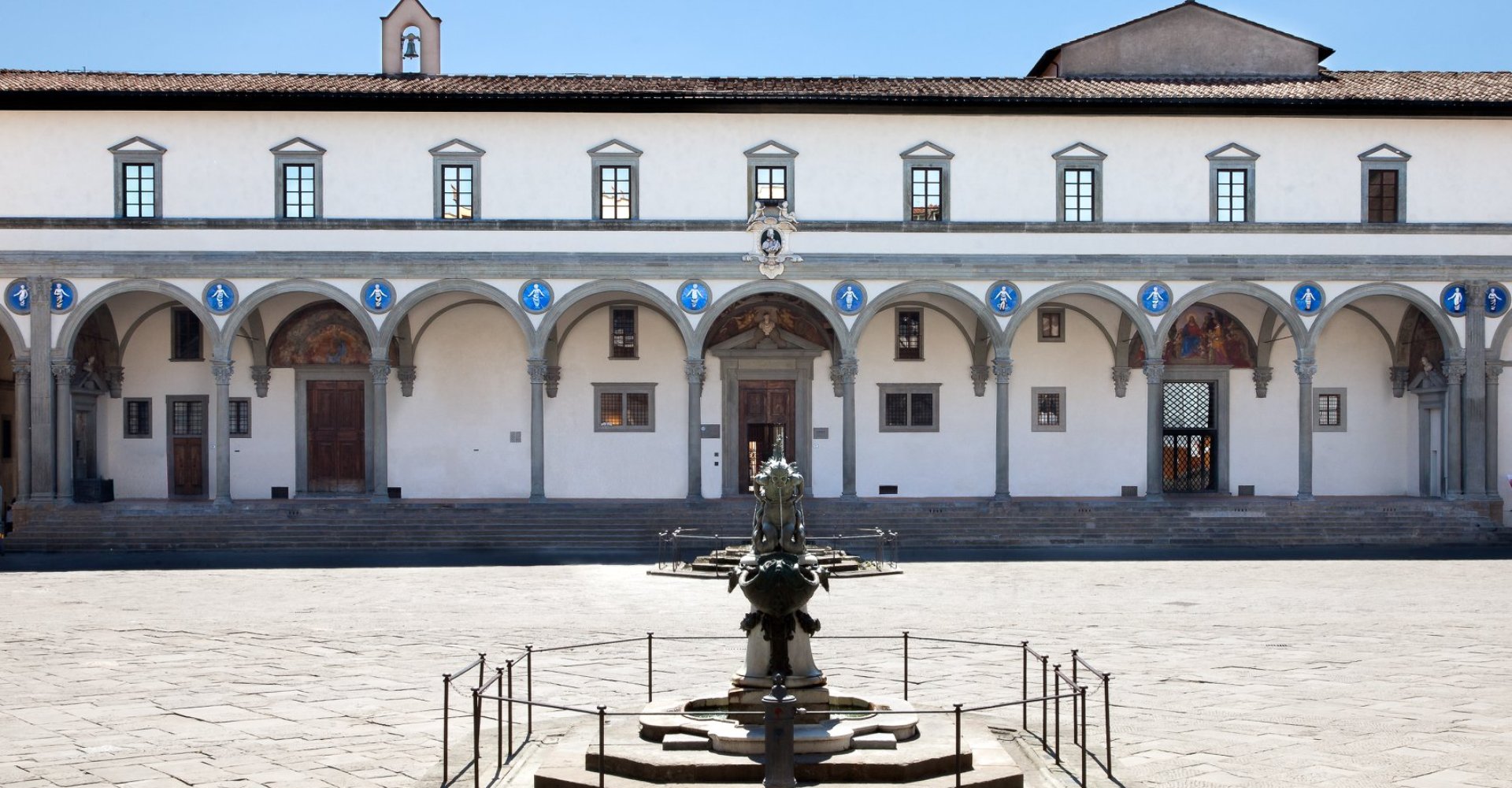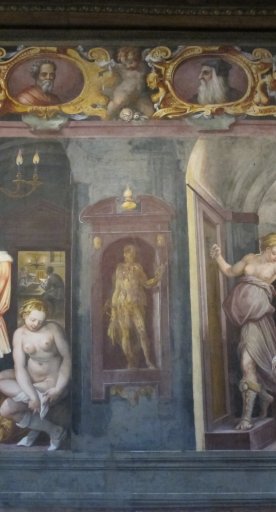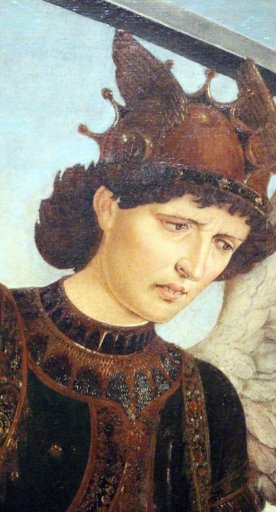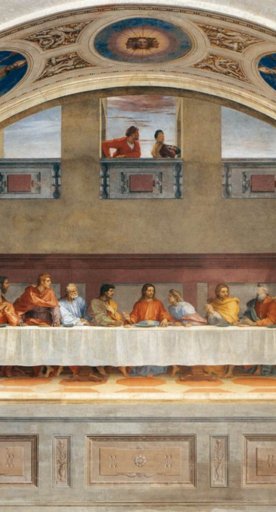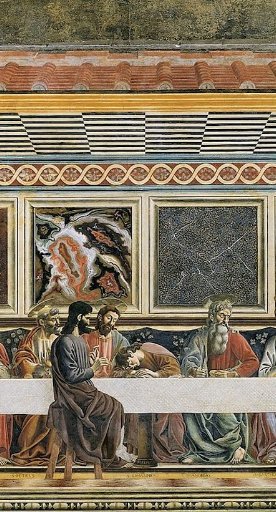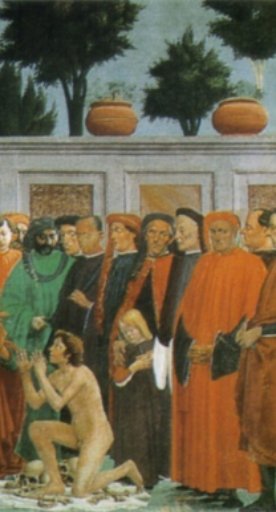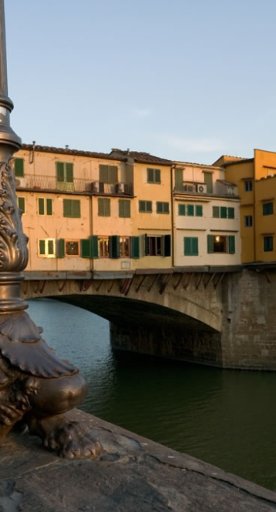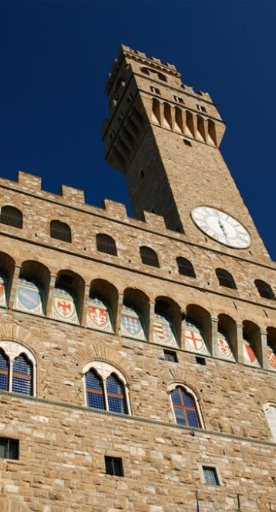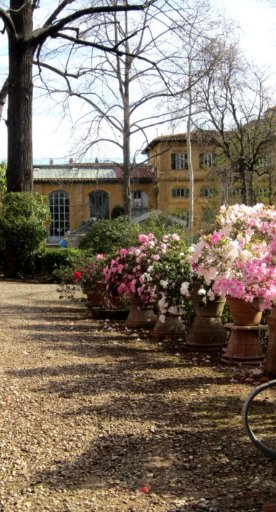Museo degli Innocenti
The fully renovated museum housed inside the first institution in the world devoted exclusively to childcare
Founded in Florence during the first half of the 15th century, the Istituto degli Innocenti (Institute of the Innocents) was the first institution in the world devoted exclusively to childcare, welcoming abandoned children. Throughout its centuries-old history, the Institute has adapted its activities and services to the changing needs of children and families. Today it is a public company, focusing on social care and welfare services.
Still located in its original spaces, overlooking Piazza della Santissima Annunziata, it boasts inside a museum fully renovated in 2016, cherishing the immense history of the Institute and its complex artistic and monumental heritage.
The majestic building itself, designed by Filippo Brunelleschi, represents one of the very first examples of Renaissance architecture; among the artworks present in and on it there are Sandro Botticelli’s Madonna with the Child and an Angel, Domenico Ghirlandaio's Adoration of the Magi, and Andrea della Robbia’s Putti, ten glazed terracotta that embellish the facade since 1487 (after a recent restoration, eight are back in their original setting, while two are displayed in the art section of the museum).
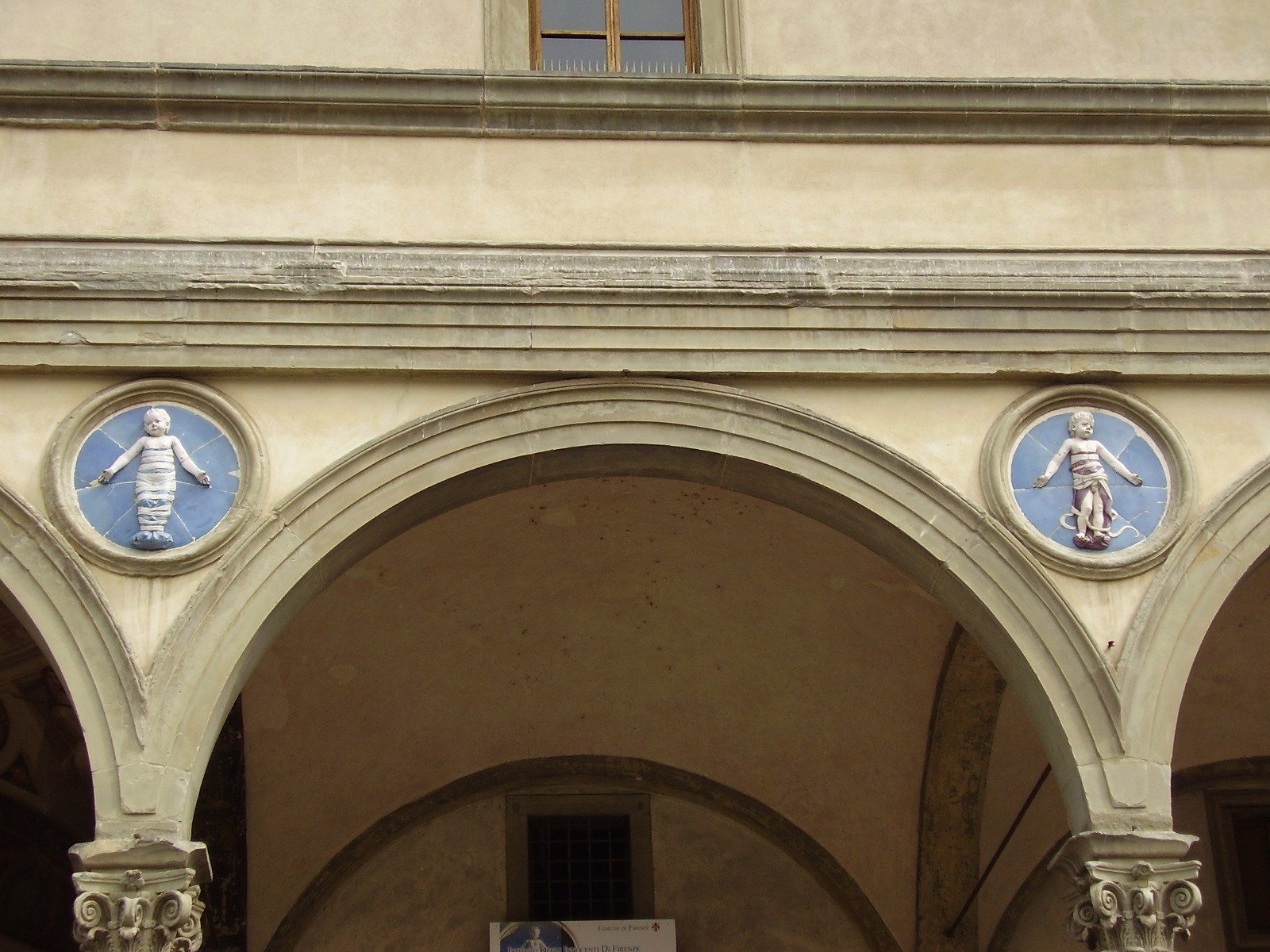
The renovated Museo degli Innocenti retraces the heritage of the Institute through three different theme-based routes: history, architecture and art.
The exhibition starts in the basement, dedicated to the history of the institution. The daily life of the children and nannies that inhabited the facility throughout the centuries is told through videos and interactive touch screens. At this level is also a circular room with 140 small drawers cherishing little identification objects (such as medals, badges and rings), accompanied by the date of when the children was left at the institution.
The itinerary continues on the ground floor, to discover the architectural uniqueness of the Innocenti while wandering around its courtyards and porticoes. The leading role here is taken by Brunelleschi’s vision of Renaissance architecture, both in the external Loggia degli Innocenti and in the internal Cortile degli Uomini (the Men Courtyard). Notable are the iron window under the Loggia, used to receive the children from 1660 to 1875, and the large Cortile delle Donne (the Women Courtyard), completed by Francesco della Luna in 1439 and recently renovated.
On the third level is displayed the large art section of the Innocenti Museum, an outstanding artistic heritage gathered throughout the years, with works by Botticelli, Domenico Ghirlandaio, Piero di Cosimo, Luca della Robbia and Neri di Bicci.
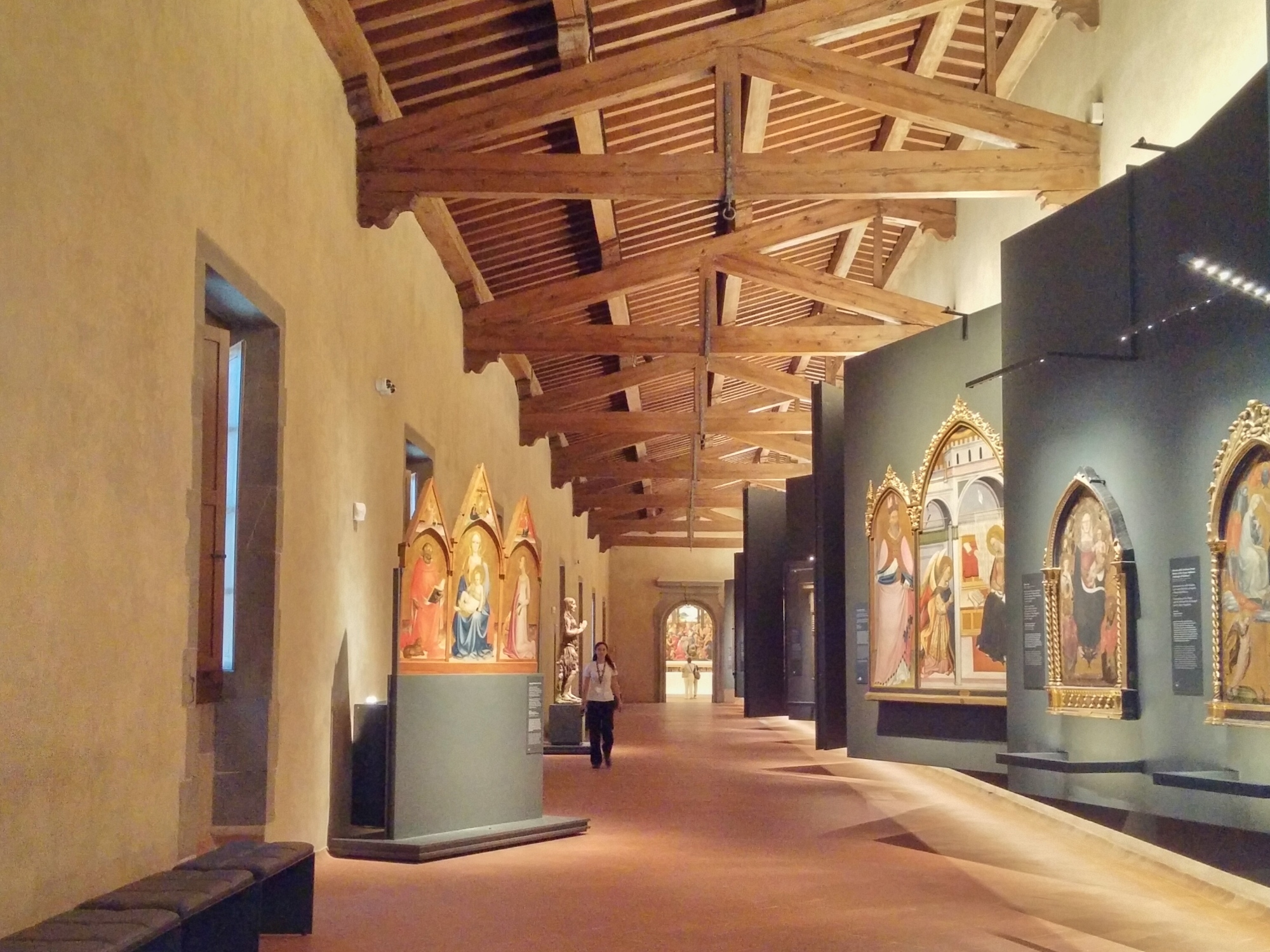
Furthermore, the Museum, true to its heritage, was conceived as a museum for children, so that it's the perfect place for families: descriptions and audio guides were written by children’s book authors and there's also a vast Children's workshop that hosts family activities and events across the year.
Last but not least, the large rooftop space built in 1493 right above the Abituro dei Fanciulli (the actual Salone Brunelleschi), to function as a drying space, is today a rooftop cafe with an astonishing view over Florence. The cafe is open to the public, not just to visitors of the museum.
Accessibility information: museodeglinnocenti.it
